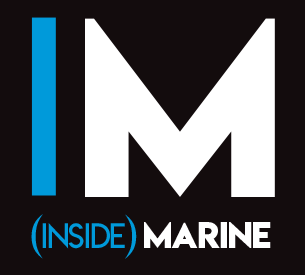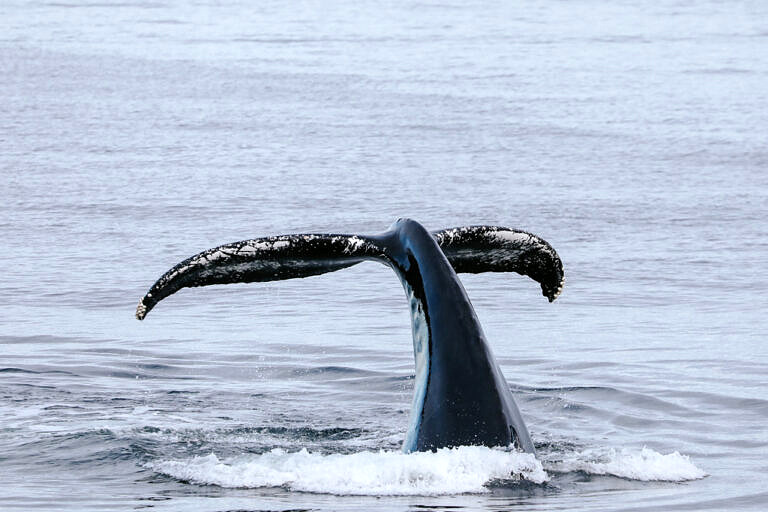Dense maritime traffic causes frequent collisions with whales, but citizens can help protect them with a simple click on the Whale Alert mobile app, now available in Europe.
More than two million marine vessels move through European waters every year. Shipping lanes coincide with migratory routes as well as feeding and breeding grounds of many whale species, putting them at risk of collisions that can lead to serious injury and painful deaths.
Developed by the International Fund for Animal Welfare (IFAW) and Conserve IO, Whale Alert enables users to report, notify and track whale sightings to authorities and shipping vessels – helping to reduce the risk of collisions. To support whale conservation efforts on a global scale, the free mobile app is being introduced into European waters with the support of a new partner, GREENOV.
“Every year, countless whales are killed in collisions with ships, and experts warn that reported cases might only be the tip of the iceberg,” said Aurore Morin, IFAW’s senior campaigner. “For every documented ship strike, it’s estimated a further 20 whales go unreported. Human activity is taking a devastating toll on whales in their natural habitat, threatening their survival. Whale Alert provides that crucial missing link, empowering everyone at sea – whether they are recreational boaters or commercial ship captains, to help protect whales – before it’s too late.”
Initially launched in North America in 2012, Whale Alert is now available to people in Europe as its latest version 4.0 includes new features. As well as incorporating European marine protected areas and marine mammal measures, an integrated indicator estimates the risk of collision during navigation, based on the size, speed and location of the vessel. Users also can obtain a “trusted observer” status if they make several relevant observations and obtain the certification.
“Whale Alert allows ocean lovers and maritime professionals to be involved in protecting whales while remaining informed of the regulations in place before and during navigation, with instructions on how to behave and areas to slow down or avoid if a cetacean has recently been spotted,” said Damien Demoor, Founder and CEO at GREENOV.
With its user-friendly interface, both the public and maritime professionals can easily report and receive alerts about cetacean sightings, while also identifying the species observed. The recorded sightings are sent automatically to a central database, which cetacean biologists use to better understand whale presence, feeding, and migration patterns.
“Alerts work using the built-in GPS technology in smartphones and tablets,” explained Virgil Zetterlind, co-founder of Conserve.IO. “The application notifies users when they are near a whale and allows them to adapt their route and speed to help avoid a collision, while making it easier to navigate in a network of overlapping and evolving conservation areas and shipping lanes.”
You can read more of the latest from the world of Marine here.


